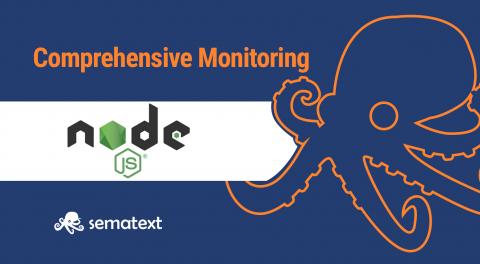Solr Key Metrics to Monitor
As the first part of the three-part series on monitoring Apache Solr, this article explores which Solr metrics are important to monitor and why. The second part of the series covers Solr open source monitoring tools and identify the tools and techniques you need to help you monitor and administer Solr and SolrCloud in production.







